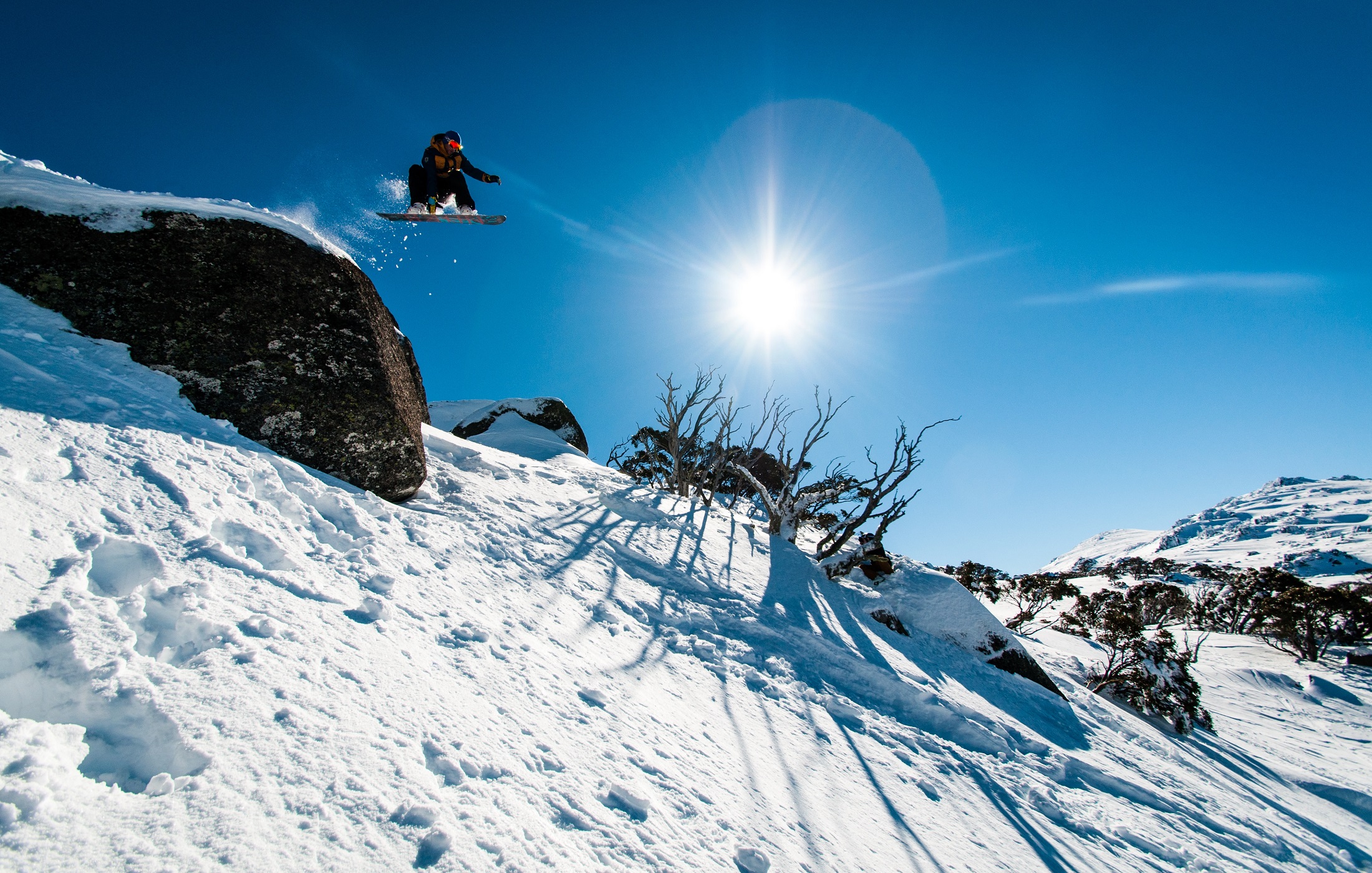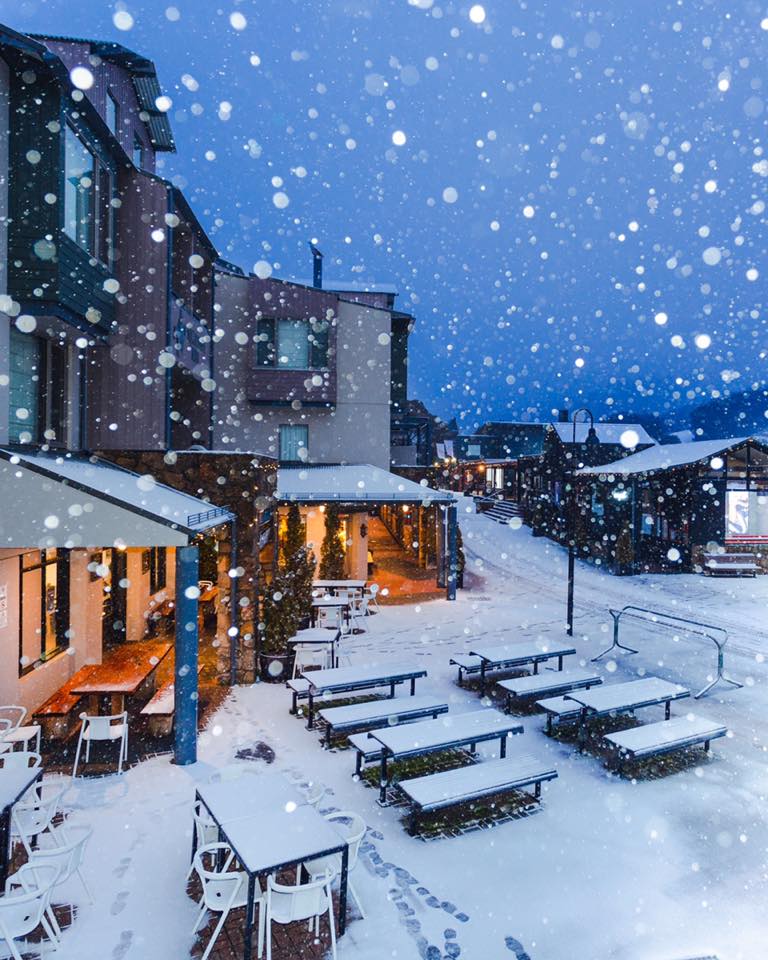Find Out When and Where You Can See Snow In Australia for a Winter Adventure
Find Out When and Where You Can See Snow In Australia for a Winter Adventure
Blog Article
Comprehending the Significance of Snow in Australia for Agriculture and Tourism
While Australia is frequently connected with sun-kissed beaches and dry wilderness, it likewise boasts a riches of snowy alpine regions. The snow that coverings these regions is even more than a picturesque landscape feature. It acts as a lifeblood for the country's agriculture and a driving pressure for a rewarding tourism market. As we investigate this shocking junction, the prospective effect of moving climate patterns on Australia's snowfall and its succeeding impacts end up being an engaging focus.

The Unexpected Snowfall: Australia's Alpine Regions
When winter months capes the world, Australia's Alpine regions don a white mantle of snow, a phenomenon that seems virtually paradoxical in this dominantly sun-baked land. As opposed to the stereotyped picture of Australia as a land of deserts and coastlines, these areas use a surprising and lovely contrast. The Australian Alps, stretching throughout New South Wales, Victoria, and the Australian Capital Region, get even more snowfall than Switzerland. This unforeseen winter season paradise offers a distinct ecosystem, supplying a habitat for numerous indigenous species and a snowy play ground for winter season sports lovers. The annual snowfall, although not as bountiful as in some countries, is an important element of Australia's climate variety and plays a considerable function in the country's farming techniques and tourist sector.
Wintertime's Bounty: Snow's Payment to Australia's Water Resources
Regardless of its rarity in the more comprehensive landscape of Australia, snow in the Towering regions plays a crucial duty in the nation's water resources. This is specifically crucial for Australia, a continent frequently pestered by dry spells. Without the bounty of wintertime snow, Australia's water sources would certainly be dramatically strained, influencing both the setting and the populace.
White Blanket, Green Area: The Influence of Snow on Australian Agriculture
Although less noticeable, the impact of snow on Australian agriculture is considerable. Snowfall in the high country serves as an all-natural kind of irrigation, gradually melting and providing a consistent water to lower-lying farmland. This water-rich setting cultivates the development of durable crops, adding to the nation's agricultural performance. Snowfall enhances dirt health and wellness by introducing moisture and capturing nutrients, which are slowly released as the snow melts. This procedure enhances the soil, fostering the development of much healthier, extra durable crops. Additionally, snow cover functions as a safety blanket, protecting the ground against extreme winter temperature levels that could otherwise harm plants. Therefore, the duty of snow in Australian agriculture is both complex and vital.

Money: Snow Tourist and Its Economic Value in Australia
While the value of snow to Australian agriculture is usually ignored, its contribution to the country's tourism sector is undeniably significant. The snow-laden peaks of Australia's towering regions draw in a flurry of vacationers every winter season, adding millions to the national economic climate. These visitors participate in a selection of snow-based activities, from skiing and snowboarding to snowshoeing and sledging. The prospering snow tourism market has resulted in the development of many work, from ski instructors to resort team, reinforcing local economies in the process. In addition, the earnings generated from snow tourist aids fund various infrastructure tasks and essential solutions in these Full Article areas - Does It Snow In Australia. Hence, the economic significance of snow tourist in Australia expands much past the inclines.
Future Projection: Climate Modification and Its Potential Effects on Australia's Snowfall
As the globe grapples with the reality of environment change, so as well should Australia contemplate its possible effects on the country's snowfall. Existing clinical versions predict a reduction in Australian snowfall, with potentially serious effects on both agriculture and tourism. In some locations, the snow period can be shortened by up to 80 days by 2050. Such changes endanger the stability of Australia's ski industry, which contributes significantly to the local economic climate. Much less snowfall can additionally influence the nation's farming industry, as snowmelt plays an important role in watering crops. a knockout post The possible effects of these adjustments highlight the urgency of environment modification reduction efforts, both in Australia and around the world.
Final Thought
In final thought, snow is a critical element of Australia's farming and tourist markets. The looming hazard of climate reference change elevates worries regarding the future of Australia's snowfall patterns, potentially disrupting these significant economic fields.

When winter months capes the globe, Australia's Towering areas put on a white mantle of snow, a spectacle that appears nearly paradoxical in this dominantly sun-baked land.Despite its rarity in the wider landscape of Australia, snow in the Towering regions plays an essential role in the nation's water sources. Without the bounty of wintertime snow, Australia's water resources would be considerably stressed, influencing both the atmosphere and the populace.
Thus, the economic relevance of snow tourism in Australia prolongs far past the slopes.
In conclusion, snow is a pivotal aspect of Australia's farming and tourist sectors. Does It Snow In Australia.
Report this page